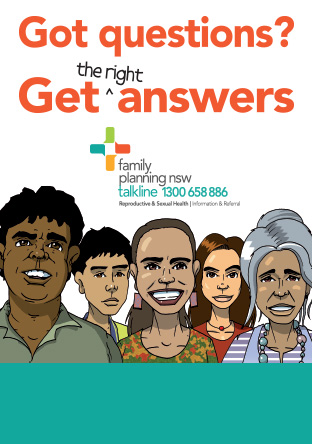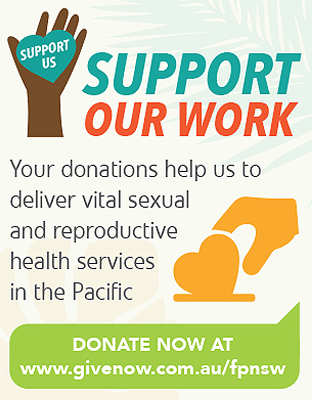Teen birth rates rising in rural and remote NSW
Family Planning NSW has released a new report documenting the rates of 15 to 19-year-olds who gave birth across NSW, showing stark differences between teen birth rates in metropolitan and non-metropolitan areas.
Adolescent Fertility in New South Wales, Australia: 2011–2020 reveals that while the national adolescent fertility rate has halved since 2011, 14 regional, rural and remote local government areas within NSW are showing increases in the numbers of babies born to teenage parents.
While small populations may heavily influence statistical outcomes in non-metropolitan local government areas fourteen - including Coonamble, Narrandera, Lachlan, Carrathool, Narromine, Liverpool Plains, Walcha, Temora, Leeton, Wagga Wagga, Edward River, Snowy Monaro, Albury and Berrigan - recorded increases in their adolescent fertility rate from 2011-2020, bucking state, national and international trends.
The report shows in 2020, non-metropolitan local health districts recorded an adolescent fertility rate (14 live births per 1,000 women aged 15-19) almost three times greater than their metropolitan counterparts (5) and above the state (8) and national rates (8). Murrumbidgee Local Health District has shown no clear decline in teenage fertility rates during the 10-year period (figure 5).
Adolescent fertility rates were highest in non-metropolitan local health districts including Far West (29), Western NSW (22), Murrumbidgee (15), Mid North Coast (14) and Hunter New England (13).
Family Planning NSW Chief Executive Adj Prof Ann Brassil said the report was an important indication of local health districts and local government areas where more contraception and comprehensive sexuality education was needed.
"While the national adolescent fertility rate has halved since 2011, the report shows teenage birth in some non-metropolitan areas is occurring at almost triple the rate of metropolitan areas," Adj Prof Brassil said.
"Adolescent mothers and their babies are more likely to experience health difficulties in the short and longer term. Young mothers also tend to experience socioeconomic disadvantages, including lower rates of education and reduced employment opportunities.
"We know there are highly effective forms of contraception available, but we continue to have difficulty getting appropriate numbers of doctors upskilled to offer long-acting reversible contraceptives (LARCs), such as contraceptive implants and IUDs across regional and rural NSW.
"Family Planning NSW has been advocating for nurses to be approved and funded through Medicare to offer these highly effective contraceptives to patients so more people outside our major cities can access them. As well as increasing access to care, we understand that nurses can be an important link with priority populations such as Aboriginal and Torres Strait Islander communities.
"Family Planning NSW is prioritising enrolments from regional health workers looking to join online training for LARC insertion and removal to help improve the reproductive healthcare available to young people in areas where adolescent fertility is high.
"The report also highlights the need for significant improvements to comprehensive sexuality education and social services to enable a broader suite of supports for young people in areas where adolescent fertility is significant."
Adolescent Fertility in New South Wales, Australia: 2011–2020 used data supplied by the Australian Bureau of Statistics and collated by Family Planning NSW.
--- ends ---
Media enquiries:
P: 0402 880 653
E: media@fpnsw.org.au
W: https://www.fpnsw.org.au/


